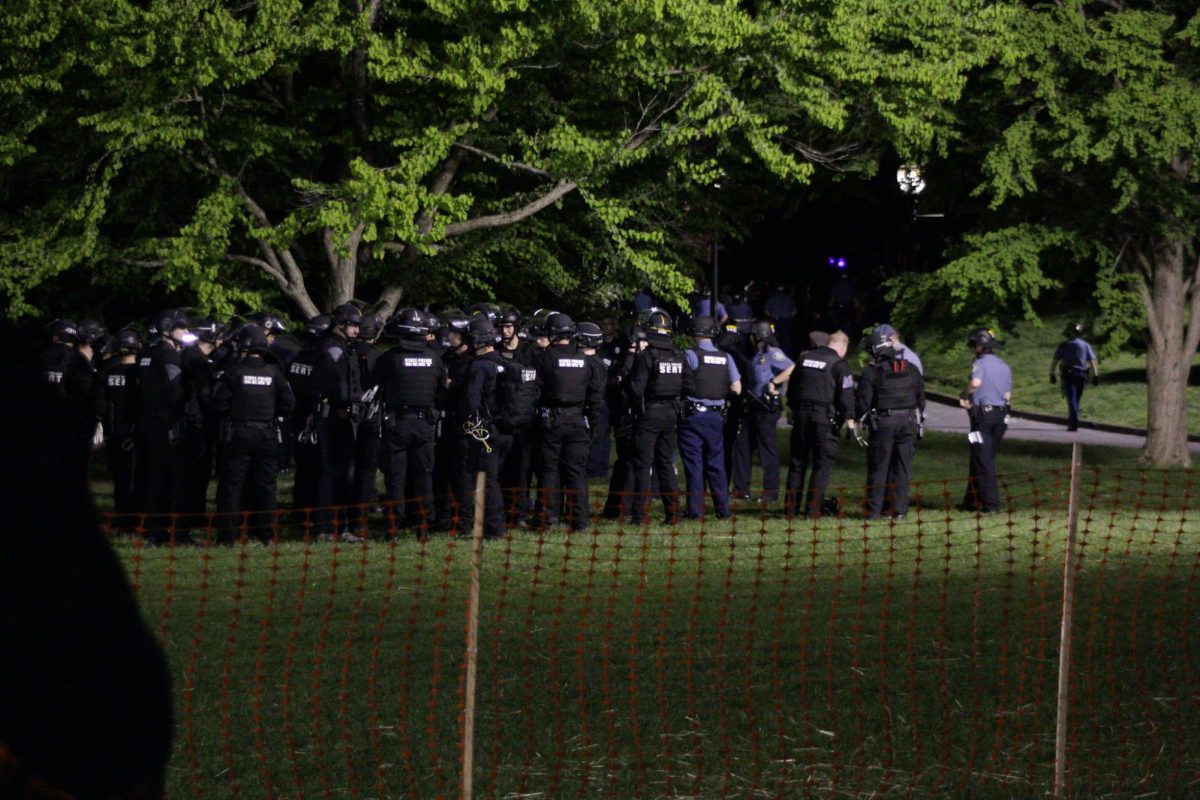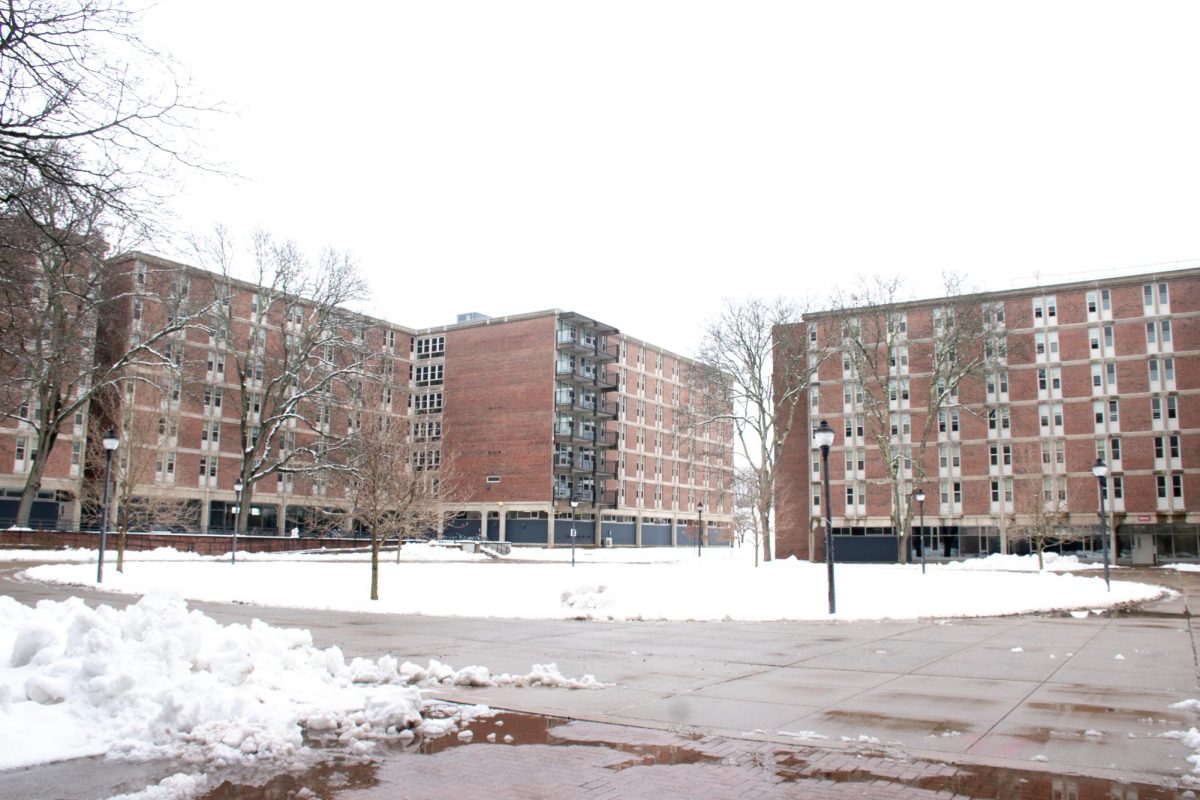As the University of Massachusetts continued to admit more students than it has space for, common rooms became one of the latest casualties of UMass’ chronic overcrowding after being converted into living space.
Instead of accepting less students, or even building new housing to accommodate the larger student population, the University decided that the dormitories’ common rooms are disposable.
While disappointing, it is not surprising. Across America, we have continued to ignore the importance of accessible and vibrant public space. The role of public space on this campus — and the consequences of not having enough of it — is something of a case study for how we should reinvest in it across the country.
Designed as living room-sized lounges and study space for every floor, the common rooms in dorms were never meant to be makeshift housing. Not only do common rooms function poorly as dorm rooms for four people, but converting them into housing has robbed the rest of students of essential public space.
I learned just how important such seemingly trivial rooms were as a freshman last year. Indeed, I met many of my best friends at UMass in our floor’s common room.
It was the day after we all moved into our freshman dorm. A bunch of us all set up at a table in the common room for a pick-up game of poker. The next thing I knew, we were roving around campus together like a posse of juvenile delinquents, already bouncing inside jokes off each other and scheming new antics.
We would still make new friends just by going around rooms and the larger lounge on the ground floor. Our third-floor common room, though, was our go-to place to hang out.
Even though we would hang out in people’s rooms, it was so much easier to go to the common room since it was a space for everyone.
With so little space in dorm rooms to begin with, common rooms serve both as important space for socializing as well as studying. As a shared space, it acts as neutral territory where everyone can meet up without invading each other’s privacy, as can happen when you always hang out in someone’s room.
It became a habit for my friends and I to drop into our floor’s common room whenever we wanted company when working or to just hang out. It became a revolving door of friends working, chatting, playing poker, watching a movie, making ramen at 1 a.m. and so on.
Having the common rooms as nearby study space is also all the more important since the University has stopped keeping the DuBois Library open 24/7.
Without abundant open and conveniently located space like a common room for people to gather at, we become more isolated from each other and have a harder time maintaining friendships.
While my friends and I still meet up in someone’s room or our new dorm’s floor lounge, it’s harder without a centrally located common room we can all drop into.
The isolating effects of insufficient public space are even more apparent across America’s towns and cities. The isolation in these communities is by design, as the car has allowed people to spread out and have their own private space instead of sharing with neighbors.
In most suburban American communities, instead of a central public space such as an open market, plaza or park where people can gather, people are restricted to their own private yards.
A crucial part of these public spaces’ ability to bring people together is the spontaneity they create. Since what public spaces most communities do have (e.g., malls, strip malls, nature preserves) are at least a 10-minute drive away, most Americans can’t walk or bike anywhere they need to go.
Without that shared space that everyone either passes by or actively goes to, you run into friends and new people much less.
To make matters worse, those few gathering places available to most Americans are not really “public.” When people try to protest at a mall, for example, the owners reserve the right to shut them down as they please since it is their private property. This makes the lack of public space a hindrance not only to community and business, but also to Americans’ ability to protest and organize politically.
While UMass’ neglect of public space mirrors America’s own, our need for improvement is nowhere near as dire as the country as a whole. After all, it was the University’s ample distribution of shared—from common rooms to lounges to open green space and basketball courts—that has made connecting with people so much easier.
Rather than treat these gathering places as disposable, UMass needs to preserve common rooms as open public space and not as last resort housing. The sense of community and innovation that abundant, well-placed public space fosters is one of the greatest strengths of UMass and other universities like us.
It is up to us to decide whether we continue using space to bring people together or use it to keep people apart. While the rest of America has a long way to go, they are better off having UMass as an example of how to do it right.
Liam Rue can be reached at [email protected].



















